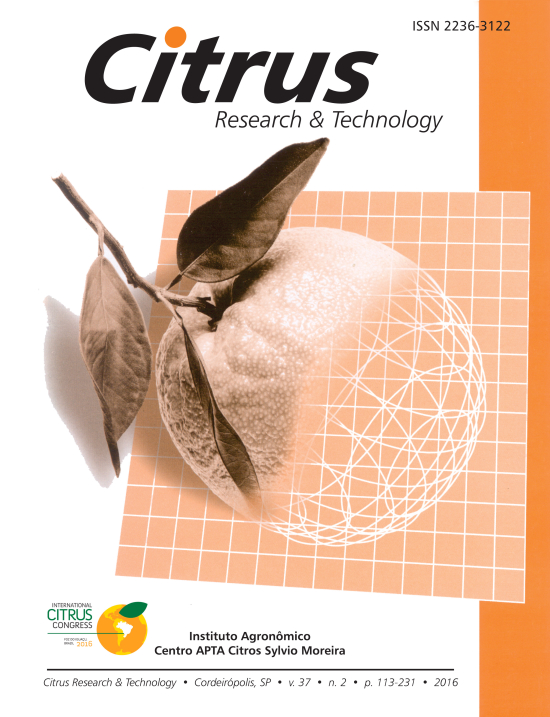ADUBAÇÃO VERDE NO MANEJO DE PLANTAS DANINHAS NA CULTURA DE CITROS
COVER CROPS TO WEEDS MANAGEMENT IN CITRICULTURE
HECTOR ALONSO SAN MARTIN MATHEIS, FERNANDO ALVES DE AZEVEDO e RICARDO VICTÓRIA FILHO
Resumo
Atualmente, na citricultura, tem-se procurado alternativas de manejo de plantas daninhas de baixo impacto ambiental, tais como o uso de adubos verdes ou o manejo de vegetações com roçadeiras. A adubação verde tem a finalidade de prevenir erosão, aumentar a infiltração e reter a água no solo, além de suprimir o crescimento de plantas daninhas, seja por competição, seja pela liberação de substâncias químicas capazes de afetar-lhes a germinação ou o desenvolvimento. Para que o adubo verde não exerça efeito competitivo como uma planta daninha, deve existir coerência para implantá-los; para pomares adultos, recomendam-se adubos verdes de baixo porte (feijãode-porco, guandu-anão, lablabe); já para pomares novos, tanto a Crotalaria juncea quanto o guandu podem ser utilizados no verão, mas sempre respeitando certa distância da linha da planta cítrica para evitar ou reduzir a competição. Como opção de inverno, o nabo-forrageiro e a aveia-preta têm sido os mais recomendados. Uma técnica que vem sendo desenvolvida e adotada por alguns produtores de citros, como opção de manejo sustentável, baseia-se no manejo de vegetações com roçadeiras, especialmente projetadas para cortar e lançar a massa verde sob a projeção da copa, com o objetivo de formar uma cobertura morta sobre o solo. Estudos recentes têm mostrado os efeitos positivos dessa técnica no manejo de plantas daninhas e doenças como a pinta-preta.
Palavras-chave
Abstract
Currently, alternative weed control with low impact over the environment has been highly demanded in citrus groves; such alternatives may include the incorporation of the cover crops or their handling with a rotary mower. Besides eliminating the weed germination by competition or release of chemical substances capable of affecting the development of the diversity of weed species, the use of cover crops has the objective of preventing erosion and increase the infiltration and retention of water. To avoid cover crops to act as weeds, their use has to take into consideration a number of aspects, which include, for adult orchards, cover crops at a low height (jack bean, pigeon pea, hyacinth bean). On another hand, for young orchards and during the summer, sunn hemp or dwarf pigeon pea can be used since, the distance between these plants and the citrus trees are also considered, especially to prevent blocking of sun light. In addition, as an option for the winter, the forage turnip has been the most recommended cover crop. A technique that has been developed and used for some citrus growers as an option of sustainable handling is based on the management of the natural vegetation with a rotary mower especially designed to cut and to launch its mass under the canopy, with the objective of form a protective cover placed over the soil. Recent studies have shown the positive effects of this technique in weed and disease control.

